Sorted by date Results 1 - 10 of 10
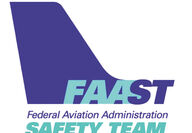
As you go through your flying career, whatever flying from GA to Part 121, there is always the checklist! Some pilots have said "I've owned my plane for years and have everything memorized." Or the Part 135 pilot that had a great career with a major and now flies smaller planes and feels they don't really need a check list every time. What if you are at a busy airport and there are planes lined up behind you? You just flew last week, you feel like you remember it well. Yes, you do, but how do...
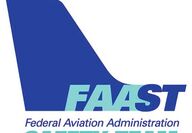
In my years of flying, I have either done or instructed people that have done just about anything that can happen to a GA plane. One of the highest things that pilots don’t do or forget is the use of checklists. There is a checklist for everything. Just ask the airline guys! GA pilots, or even advanced pilots flying GA aircraft, seem to think at times they know how to do a run-up or maneuvers without a checklist. Believe me, after years of instruction I need and use the checklist. My first a...

Whether you fly in a towered environment or non-towered, the two are very different and require you to be aware of other traffic. While the towered environment is much more controlled, you still have to observe and avoid. Non-towered does not have someone setting things up for you or giving you advisories of who, what, and where there are other planes. Non-towered have lots of complaints from pilots about people landing in the opposite direction during calmer winds or even with light tail...

The summer is fading fast and the weather change is inevitable; no more high clouds and light rain, its low clouds, fog, and yes snow for the general aviation flying. If you have an instrument rating are you prepared? Remember all the acronyms that are used? Things can get intimidating fast if you have not flown in the weather in a while, and without using the auto pilot. With new technology we have auto pilot approaches that are becoming common in GA aircraft, but what happens if the auto pilot...

You have just had your old airplane updated with some new electronics. The availability is endless for general aviation airplanes, as is the cost. You want to update and expect it will make your life easy when you are flying VFR or IFR right? How much training are you going to get before you jump in and take off? If you are going IFR, you could get into trouble if you are not comfortable with the new equipment and how to set it up. As a CFII, I see people get the latest updates and normally a fe... Full story

Landing a plane can be an issue if you don’t consider all the variables and understand the airplane characteristics that you are flying. Landing is by far the hardest part to learn when training and the part that causes the most accidents. Most CFIs fly different planes on a regular basis but most pilots fly only their airplane. Do they stay proficient in their plane? As habits are developed (good or bad) they continue to deteriorate if not kept up with proficiency training. By the time a p... Full story

How do you approach safety while flying? As a flight instructor we get to see and hear lots of issues that come up at the airport and try to be a sounding board for the issues that pilots bring up, but really what is safety? Is it being right or doing the right thing? You can be right and end up with a damaged airplane or worse. The days of going out and starting your plane and dusting off the cobwebs are gone (well for most people). With the high demand for pilots it can get very busy at most a... Full story
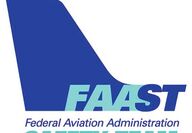
Flying Technologically Advanced Aircraft is a lot of fun. A few years ago, I was giving an IPC check to a commercial pilot in a Cessna 182 with a G1000, a nice aircraft to fly with unlimited amounts of information available, as well as integrated auto pilot for those long solo flights. As we prepared for the flight, we went over planned activities and my expectations for a good flight. Shortly after takeoff, the pilot engaged the auto pilot and programmed the approach in. I let him take off and... Full story
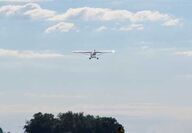
Its finally warm and you are all set to fly your plane or go up in the club plane after not flying much over the winter. How do you get current safely and how long has it been since you flew? Can you go take off and have fun after months of not flying by just taking off and going for it? What does the FAA say? 14 CFR 61.57 states for day VFR, 3 take offs and landings within the preceding 90 days to take up passengers. According to the rules, if its been over 90 days that means you can get curren... Full story
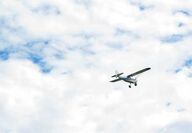
Safety in aviation is a big part of everything we do as pilots and, as an instructor, one of the first things I think of is VFR into IMC. This is a major accident causal factor, which is why I focus on this with my students. When I took my instrument rating I did not get hard IFR and after I flew into the clouds for the first time I realized I wanted more training so I decided to get my CFII and get confident with flying IFR. As a result of my experiences, I make every attempt to get my private... Full story